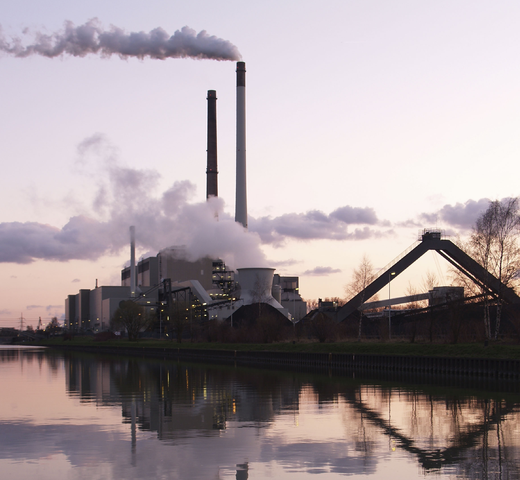After the 11th hour deal on the “fiscal cliff”, the mainstream media’s attention has quickly shifted to the battle over raising the debt ceiling. I suspect most of you will be relieved to know that I have no plan to use this space to further dissect the details of the cliff issue. What I would like to do though, is share some thoughts about the big picture and relate our financial deficit to our ever-growing carbon deficit. In my view, these are the two 800 pound gorillas in the room when looking at sustainability in a broad, long- term context.
In a recent N.Y. Times column, Thomas Friedman tackles this topic and served as an inspiration for this piece. When you think about how much financial debt we have built up in the economy and how much carbon debt we’ve built up in the atmosphere, it’s truly sobering. There are of course many differences between the two issues but I believe they are equally critical to address and are quite related to one another. While some may quibble about the details, I believe that it’s increasingly clear to all of us that the time for action is now.
Unfortunately, debts like these are unlikely to follow a neat and linear path and can take major unpredictable turns at any time. We’re already experiencing this with climate change. The melting of the ice caps has now accelerated and is happening far faster than most scientists predicted. For thousands of years, the atmosphere contained approximately 280 parts per million of carbon dioxide. Since the dawn of the industrial age 200 years ago, that number has climbed dramatically. We’re now passing 400 parts per million, with 450 being the number routinely cited by the scientific community as the tipping point, beyond which uncontrollable acceleration would likely occur. I’ll leave the hard science to those far more qualified than I but the trend is clear and extremely alarming.
Our financial debt appears to be following a similar path. From 1997 until now, as a percentage of our Gross Domestic Product (GDP), our deficit has more than doubled, growing from 36% to almost 73% today. This is the highest since we topped out at over 112% at the end of World War II in
1945. Arguably, there were good reasons for that level of debt then as there are now, and we will hopefully grow our way out of it, as we did during the post-World War 2 boom. That being said, we are rapidly approaching a point where the level of debt can become crippling and we are extremely vulnerable should global interest rates rise substantially. Rates are of course artificially depressed now due to the Federal Reserve’s extremely accommodative monetary policy but this is a temporary phenomenon and rates will again be controlled by market forces in the not too distant future.
Several economists believe that 90% debt to GDP represents a financial tipping point, similar in many respects to the climate tipping point at 450 p.p.m. of CO2. At some point, even if we are able as a global community to make huge cuts in our carbon emissions, it will only serve to prevent further escalation, and meaningful progress will be almost impossible to achieve. Similarly, at some point, our debt will reach a point where even major spending cuts and/or tax increases will only cover the interest and making significant progress in paying down the debt will be extremely difficult.
Ironically, it would appear that roughly half of our political leaders are primarily focused on our carbon debt, while the other half is concentrating on our financial debt. These are two issues that transcend politics and we need to agree on some combination of meaningful spending cuts, tax increases, strategic investments in the economy and heightened energy efficiency standards for vehicles, buildings, appliances and power plants, which can be phased in as the economy continues to improve.
A carbon tax is one approach to simultaneously addressing both of these issues. According to the Congressional Research Service, a modest carbon tax of $20 per ton, increasing at 5.6% per year, could decrease the federal deficit by 50% while incentivizing carbon reduction at the individual, business and government level. As Mr. Friedman asks not so hypothetically in his column, would we prefer to push out the start dates for Social Security & Medicare benefits and lose the mortgage interest deduction, or pay a little more for electricity and gasoline? In addition to helping shrink the deficit, the carbon tax would help clean up the air, further our goals of energy independence and drive innovation. I believe that this is actually one of the most important things we can do to further societal and planetary wellness. In this partisan political environment, can we put aside our differences and agree to explore whether this model would in fact help with our current predicament and leave a more sustainable world to future generations? Let’s make sure our leaders know that a carbon tax at least needs to be on the table during the ongoing deficit discussions.
